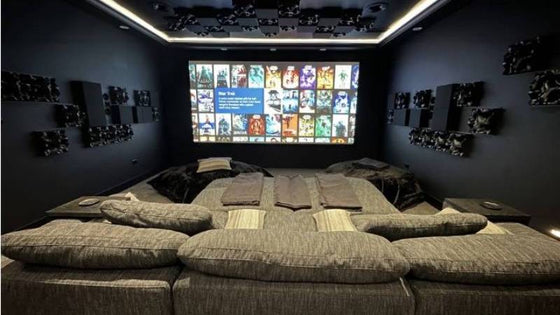Creating a system you love shouldn't be difficult. The Acoustic Frontiers blog is here to help.
Dolby Atmos has been a big thing with our client base. Since the format was announced >80% of our theaters have been designed to support Atmos and other next-generation audio formats such as DTS.X and Auro.
Here are some of our learnings and recommendations based on these experiences:
Learn how early home theater design, layout, and acoustic treatment improve performance in new home construction.
This media room was intentionally designed to feel like part of the home—not a separate, tech-heavy space. Through careful acoustic planning, equipment integration, and final calibration, we achieved a room that is both beautiful to live in and immersive to experience.
"No other subwoofer system I’ve owned even comes close to what this room delivers. Reaching out to Acoustic Frontiers was one of the best decisions I’ve made—I highly recommend working with them if you want to get the most out of your theater."

Nyal Mellor, Founder, Acoustic Frontiers



Nyal Mellor
Author